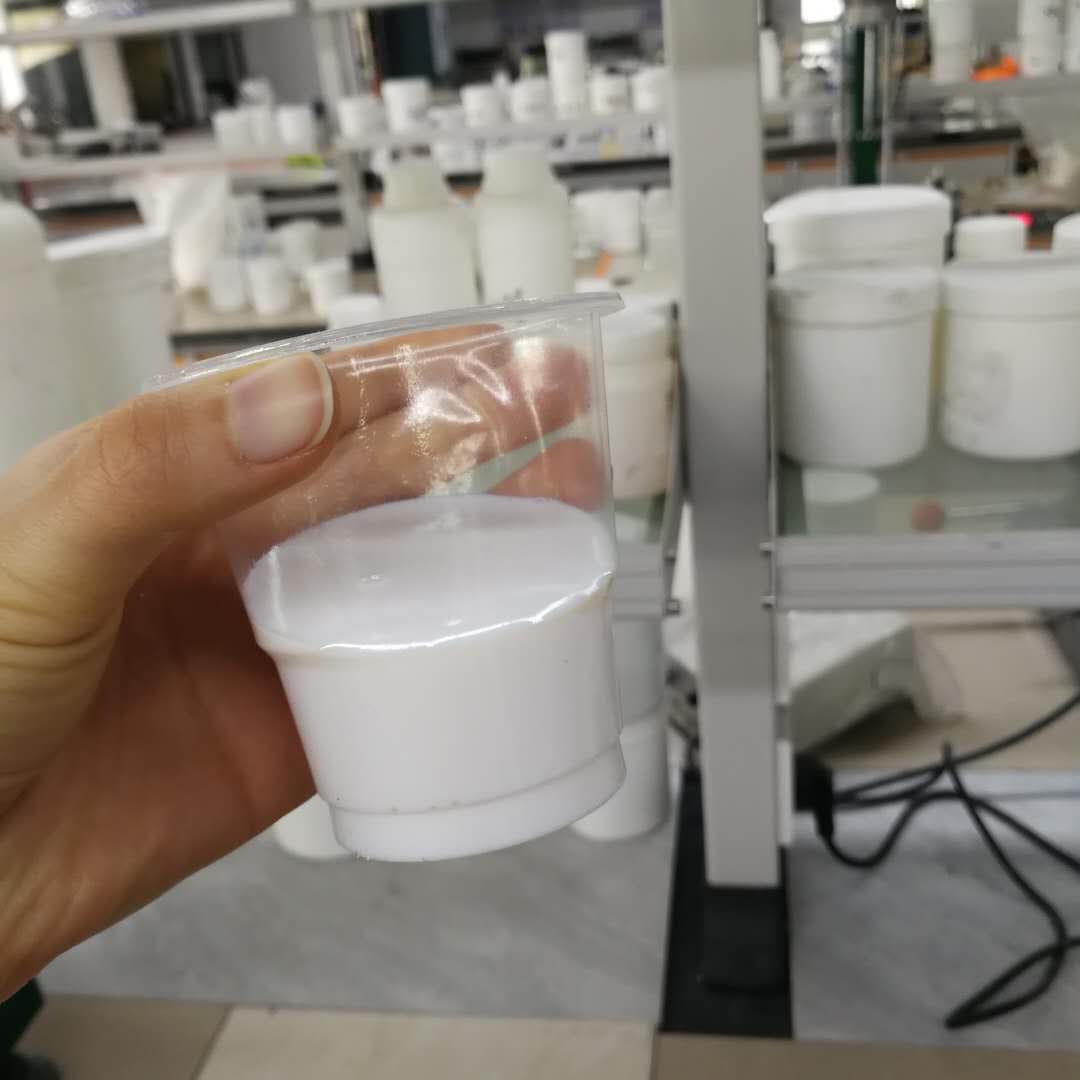Update:1. Coloring strength The coloring strength of paint indicates the intensity of the hue and color phase on the applied su...
1. Coloring strength The coloring strength of paint indicates the intensity of the hue and color phase on the applied surface. Increasing the color strength of the paint will look brighter and more attractive to customers. By balancing various opposing factors, the optimal grinding conditions can be created. Reducing the average particle size of the pigment can increase the color strength. Increasing the pigment content in the grinding paste will increase the collision of particles and improve the crushing rate of the pigment, but it also increases the viscosity and reduces the kinetic energy of grinding, which reduces the ability of the abrasive beads or beads to crush the pigment. The use of
polymer dispersants can change this change. The use of dispersants can grind higher pigment concentrations, so that the particles are broken more quickly, and at the same time prevent the viscosity from increasing during the grinding process. Finally, the dispersant increases the collision stability of smaller particles without flocculation, thus giving full play to its inherent color strength.

2. Transparency This is a characteristic of the coating film. The higher the transparency, the easier it is to see the bottom layer. The higher the hiding power, the stronger the hiding power to the bottom layer. The amount of light reflected and passed through the surface determines the hiding power or transparency of the paint. The type of pigment and the degree of dispersion have an influence on this. Due to the influence of refractive index and particle size, covering pigments have a greater influence on reflected light. The polymer dispersant improves the transparency by affecting the pigment particle size distribution (more uniform and narrower). For titanium dioxide, high refractive index and large particles can effectively reflect and refract light of various wavelengths. The addition of polymer dispersant can increase the surface area (reduce agglomerates, reduce particle size), and can further improve the hiding power. For transparent pigments, the polymer dispersant improves the particle size distribution and allows more light to pass through (increase transparency).
3. Compatibility The reason why compatibility is important is that good compatibility enables coating manufacturers to produce dispersion systems for a variety of different types of resin products. The polymer dispersant can increase the pigment concentration, not only increase the yield, but also reduce the potential media incompatibility issues from the grinding of the color paste to the final product. Therefore, especially under the conditions of using highly compatible resins, polymer dispersants expand the scope of application of the base coating. This is very important for the production of mixed colored coatings.
4. Flow/leveling. Leveling is the ability of the paint to spread on a specific surface. Paint surface defects are usually caused by surface tension and occur relatively quickly. Brush marks in decorative paints are usually caused by insufficient leveling. The ideal flow parallelism can be explained by Newtonian mechanics. But after the pigment is introduced into the system, it will change. This is because the particles are very prone to thixotropy and pseudoplasticity due to chemical bonds and physical interactions. Because the pigment particles are more stable under the action of the polymer dispersant and the leveling property is increased, the Newtonian fluid properties can be improved. Good for leveling.
5. Output Output refers to the quantity of paint produced in one process. The dispersant increases the pigment concentration and can increase the paint output.
Appropriate addition of polymer dispersant can reduce the viscosity and increase the pigment content of the ground color paste, thereby increasing the output. In a fixed time, because more pigments can be dispersed, more products can be produced with the same weight of ground color paste. Obviously speeding up the dispersion speed can also increase the yield. Increased output reduces machine wear and energy consumption, especially labor costs and fixed costs per kilogram of final product.
6. Volatile Organic Compounds VOCVOC, or volatile organic compounds, refers to the organic solvents that volatilize into the air in the system. The lower the VOC, the smaller the potential for air pollution. This requires increasing the solid content of the coating. The viscosity of the paint is determined by the solvent, resin and pigment. For ordinary low-solid coatings, the effect of pigments on viscosity is not as great as that of resin solvents. However, high-solid content coatings have less solvents and resins are low-viscosity. In this way, the effect of pigments is very obvious. The polymer dispersant significantly reduces the effect of pigments on viscosity by reducing the mutual attraction between particles. Therefore, for high solid content coatings, adding a dispersant will greatly reduce the viscosity, or in other words, under the same viscosity conditions, less solvents will be used.
